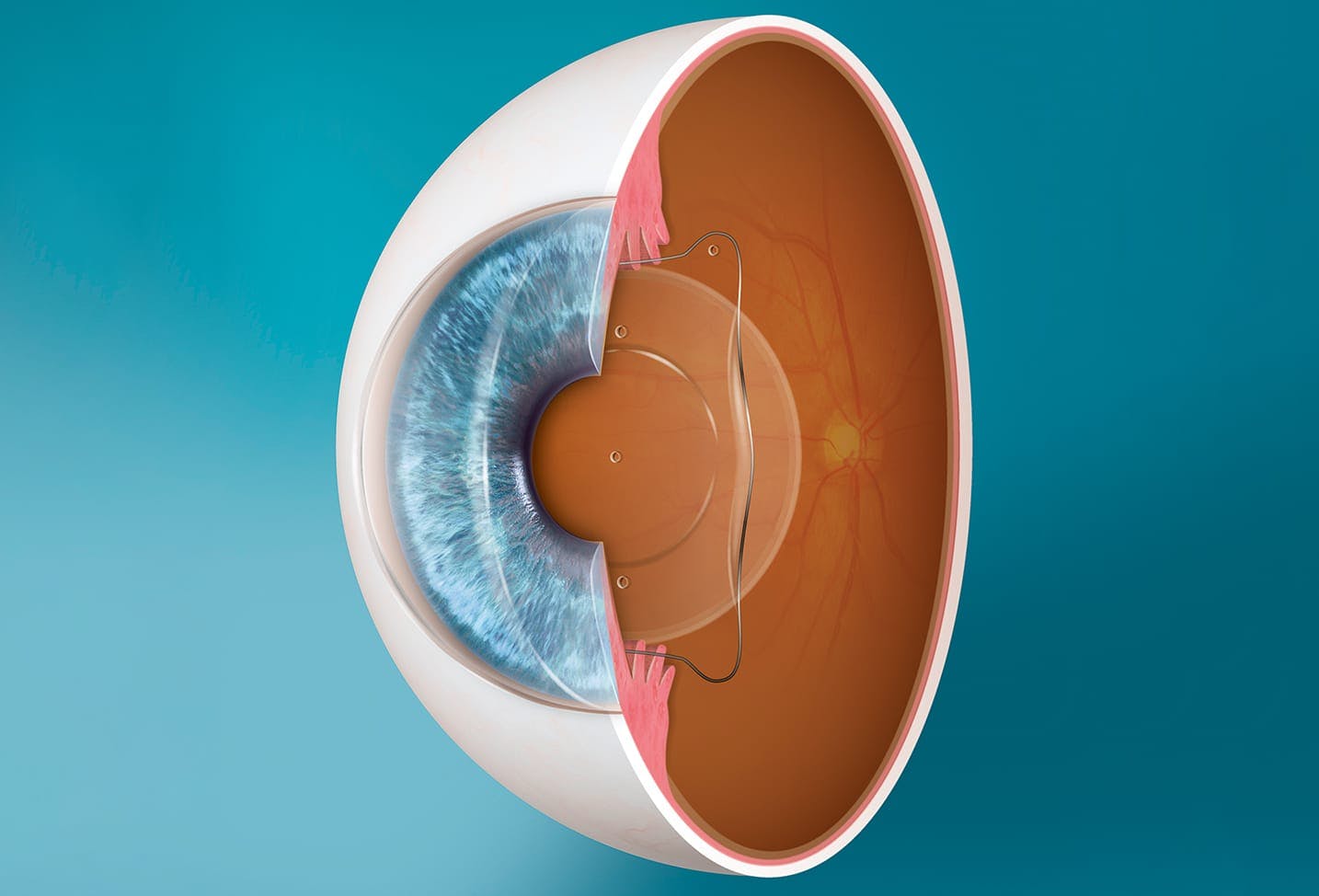
When it comes to vision correction surgery, individuals seeking clearer vision have likely encountered two prominent options: EVO ICL (Implantable Col lamer Lens) and Traditional LASIK (Laser-Assisted In Situ Keratomileusis). These procedures are specifically designed to address refractive errors such as near sightedness, farsightedness, and astigmatism. In this article, we aim to provide a comprehensive comparison between EVO ICL and Traditional LASIK, enabling you to make an informed decision about the most suitable option for your vision needs.
TABLE OF CONTENTS
Introduction to Vision Correction Surgery
Understanding EVO ICL
The Basics of Traditional LASIK
EVO ICL vs. Traditional LASIK: A Comparative Analysis
Safety and Long-Term Results
Recovery Process: EVO ICL vs. Traditional LASIK
Candidates for EVO ICL and Traditional LASIK
Potential Risks and Complications
Cost Comparison: EVO ICL vs. Traditional LASIK
Selecting the Optimal Option for You
Conclusion
Frequently Asked Questions
1. INTRODUCTION TO VISION CORRECTION SURGERY
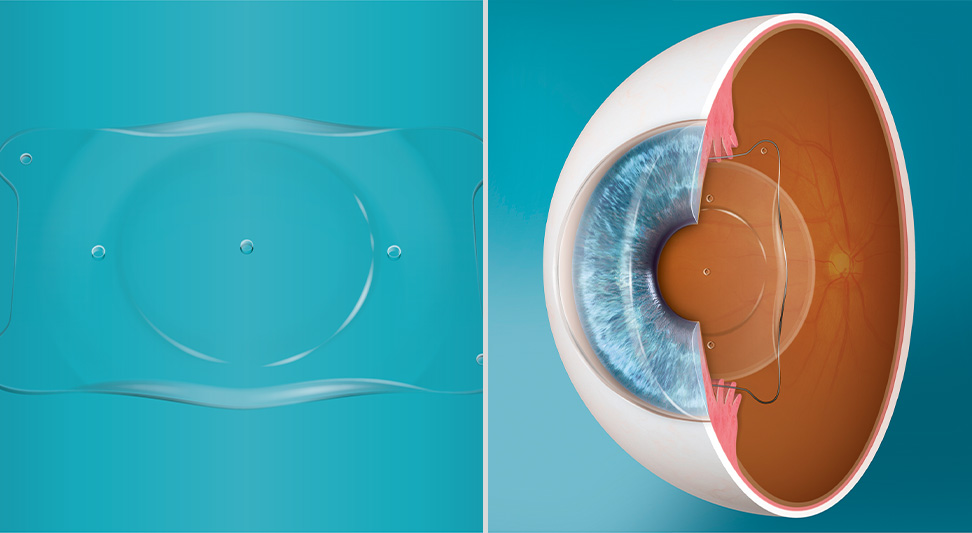
The advent of vision correction surgery has truly transformed the experience of individuals with refractive errors, liberating them from the reliance on glasses or contact lenses. These surgical procedures work by reshaping the cornea or implanting an intraocular lens to reduce or eliminate the need for visual aids. EVO ICL and Traditional LASIK have emerged as popular and effective methods for achieving enhanced visual acuity.
2. UNDERSTANDING EVO ICL
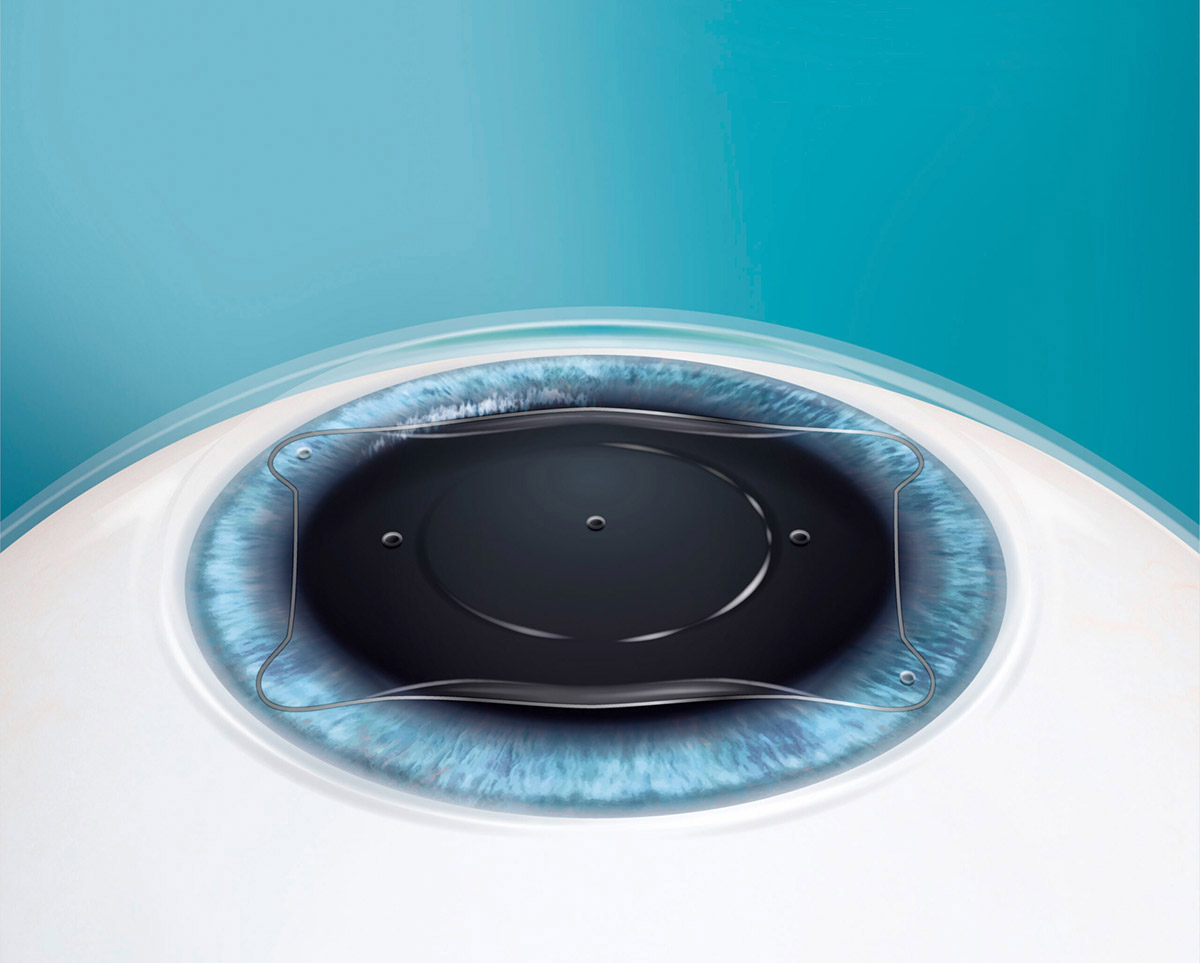
EVO ICL entails the implantation of a collier lens between the iris and the eye’s natural lens. This procedure is particularly beneficial for individuals with moderate to severe near sightedness, thin corneas, or a heightened risk of dry eyes. The biocompatible nature of the EVO ICL lens ensures its compatibility with the eye, yielding excellent visual outcomes.
3. THE BASICS OF TRADITIONAL LASIK
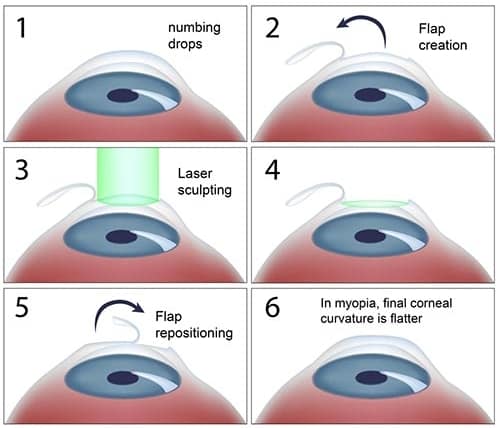
Traditional LASIK is a laser-assisted procedure aimed at reshaping the cornea to rectify refractive errors. The process involves creating a thin flap on the cornea, which is subsequently lifted to enable the laser to reshape the underlying tissue. The flap is then repositioned, acting as a natural bandage. Traditional LASIK caters to individuals with near-sightedness, farsightedness, or astigmatism.
4. EVO ICL VS. TRADITIONAL LASIK: A COMPARATIVE ANALYSIS
4.1 EVO ICL Procedure
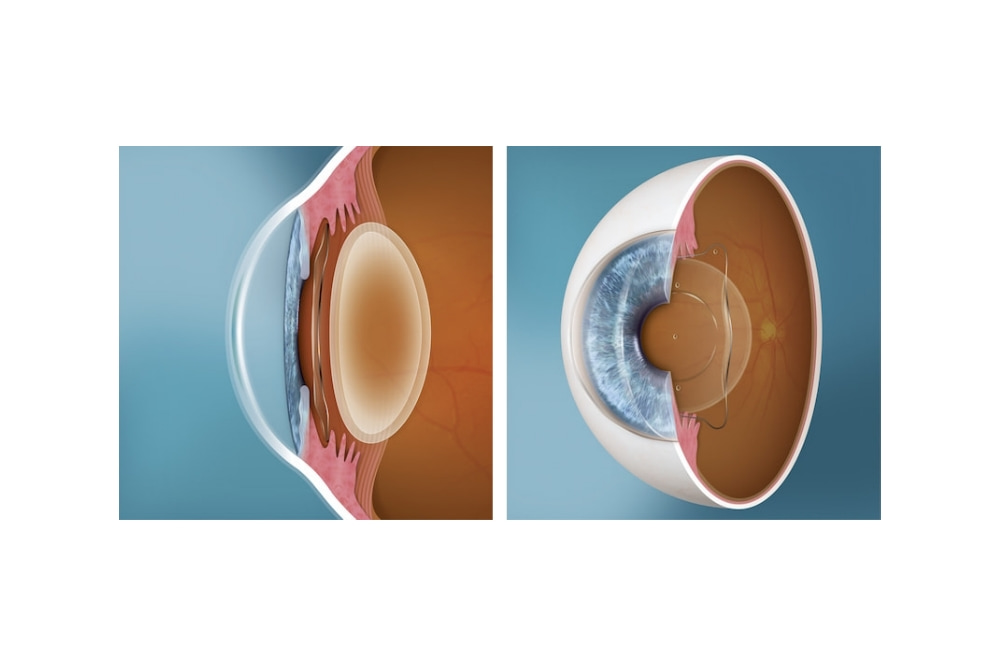
The EVO ICL procedure necessitates a small incision for lens placement, eliminating the need for corneal tissue removal. The lens is meticulously positioned, leading to immediate improvement in vision. Typically performed on an outpatient basis, the surgery is quick and allows for the treatment of both eyes on the same day.
4.2 Traditional LASIK Procedure

Traditional LASIK commences with the creation of a corneal flap, achieved using a microkeratome or femtosecond laser. The cornea is then reshaped utilizing an excimer laser, following which the flap is repositioned. Most patients experience immediate enhancement in visual acuity, and the procedure itself is swift.
5. SAFETY AND LONG-TERM RESULTS

Both EVO ICL and Traditional LASIK boast outstanding safety records. However, it is crucial to consider individual factors and engage in thorough discussions with your eye surgeon regarding potential risks. EVO ICL offers reversibility, allowing for lens removal or replacement if required. On the other hand, Traditional LASIK provides long-term vision correction, with the corneal flap typically healing within a few days.
6. RECOVERY PROCESS: EVO ICL VS. TRADITIONAL LASIK
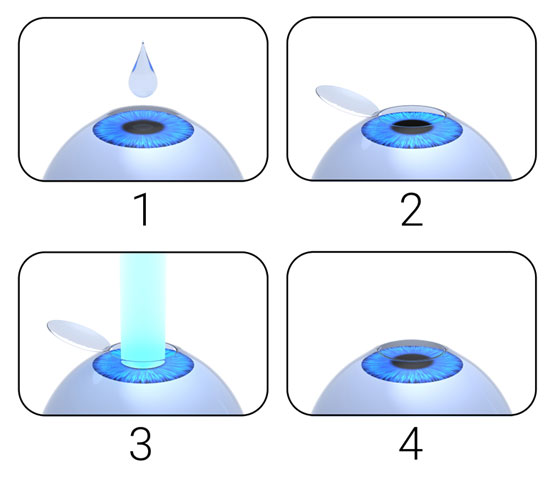
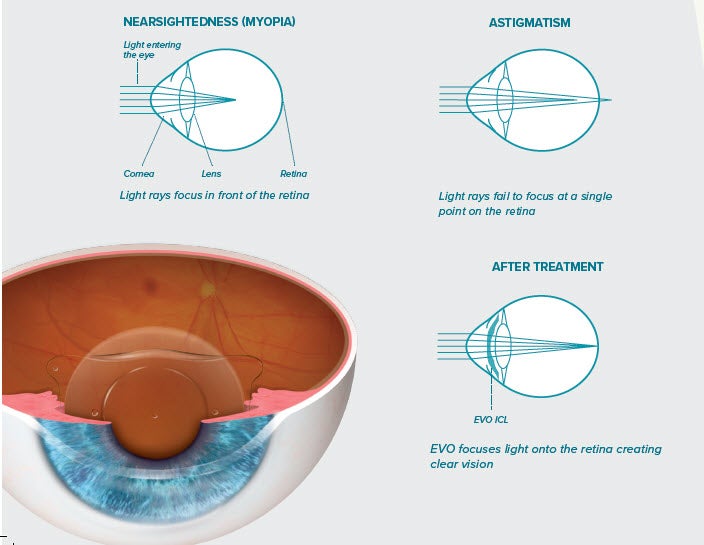
Recovery following EVO ICL and Traditional LASIK procedures is relatively rapid. With EVO ICL, patients typically experience a shorter recovery period and minimal discomfort. Most individuals achieve stable vision within a few days. Traditional LASIK also entails a quick recovery, although some patients may encounter temporary dryness, halos, or glare.
7. CANDIDATES FOR EVO ICL AND TRADITIONAL LASIK
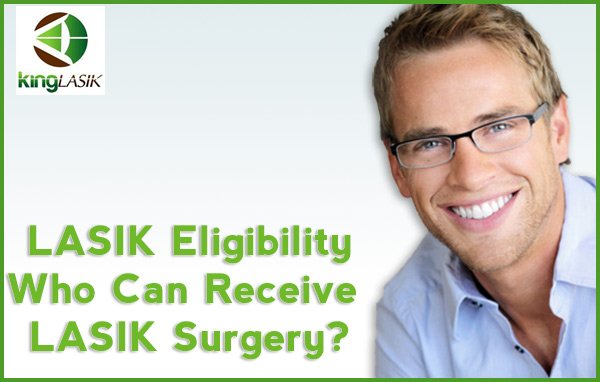
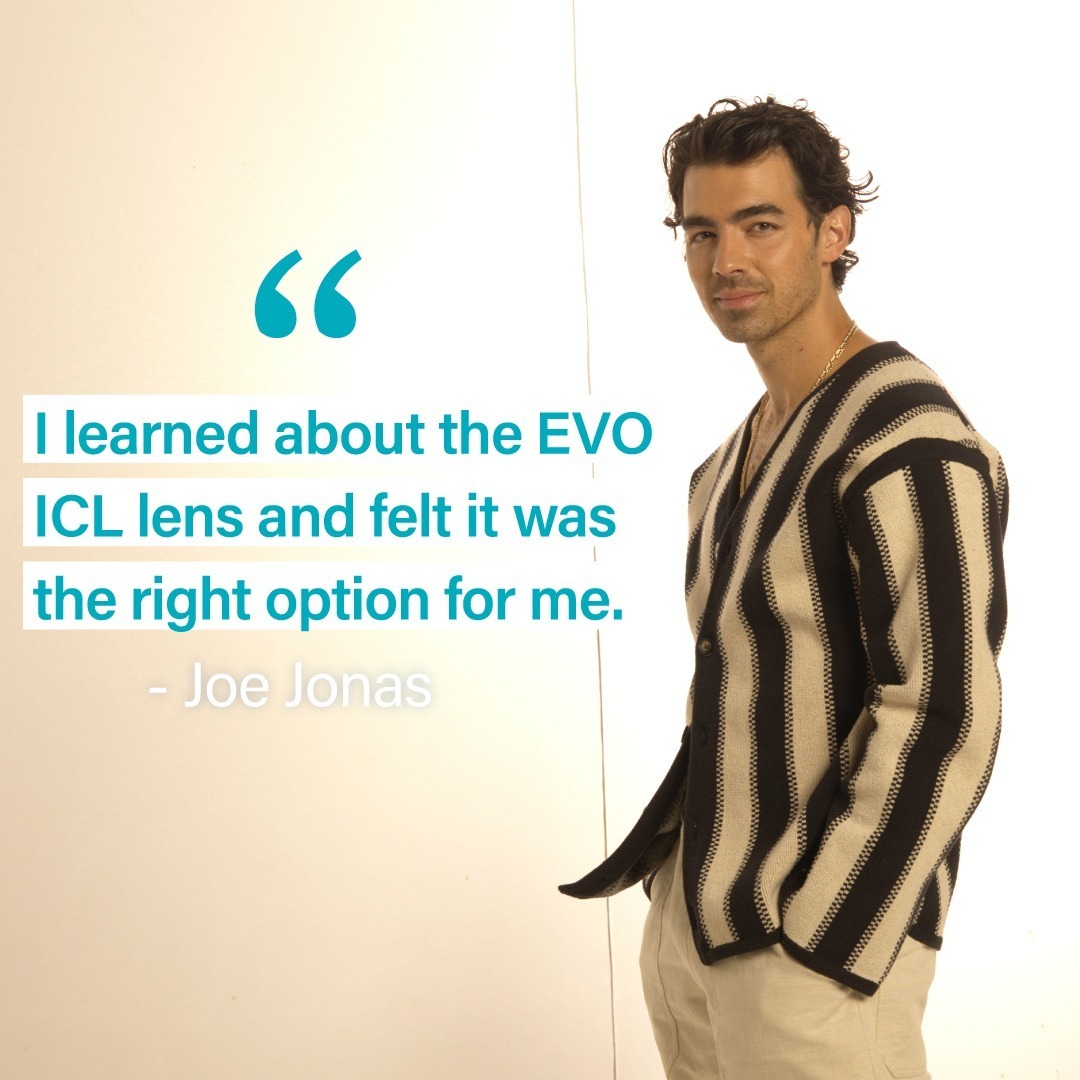
EVO ICL caters to individuals with moderate to severe nearsightedness, thin corneas, or those ineligible for LASIK due to other factors. Traditional LASIK, on the other hand, is suitable for a wide range of refractive errors and corneal thicknesses. An evaluation of your specific condition by an eye surgeon will determine the most appropriate option for you.
8. POTENTIAL RISKS AND COMPLICATIONS

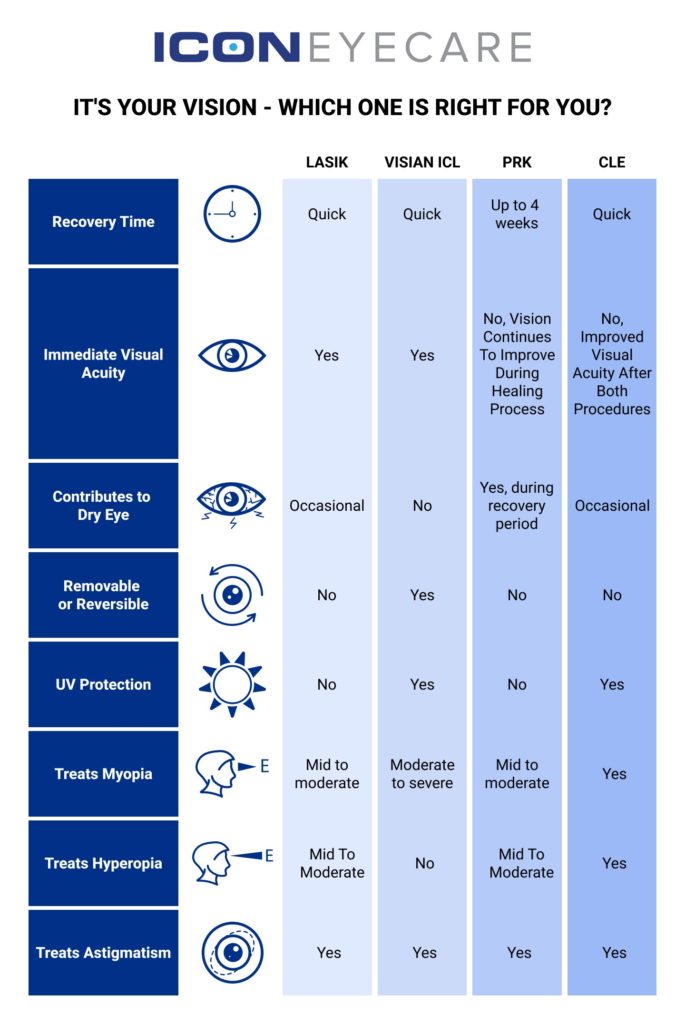
As with any surgical procedure, EVO ICL and Traditional LASIK carry inherent risks. These may include infection, dry eyes, glare, halos, and potential under or overcorrection. Thorough consultation with your eye surgeon is crucial to discuss these risks and assess your candidacy for each procedure.
9. COST COMPARISON: EVO ICL VS. TRADITIONAL LASIK

The cost of vision correction surgery can vary depending on factors such as the surgeon’s expertise, geographical location, and employed technology. In general, EVO ICL may be relatively more expensive than Traditional LASIK. It is vital to consult with your eye surgeon to gain a comprehensive understanding of the overall cost, encompassing pre-operative and post-operative care.
10. SELECTING THE OPTIMAL OPTION FOR YOU
Choosing between EVO ICL and Traditional LASIK hinges on several factors, including your refractive error, corneal thickness, lifestyle, and the surgeon’s recommendation. A comprehensive eye examination and consultation with an experienced eye surgeon will guide you towards the most suitable option tailored to your specific needs.
11. CONCLUSION
EVO ICL and Traditional LASIK represent two efficacious options for vision correction surgery. While EVO ICL offers lens implantation with minimal tissue removal and the possibility of reversibility, Traditional LASIK ensures long-term vision correction. To determine the ideal procedure for your unique circumstances, it is imperative to engage in consultation with an experienced eye surgeon.
12. FREQUENTLY ASKED QUESTIONS
Is EVO ICL superior to Traditional LASIK?
The superiority between EVO ICL and Traditional LASIK is contingent upon individual vision needs and various other factors. Consulting an eye surgeon will ascertain the most appropriate procedure for you.
What is the recovery period following EVO ICL?
Patients generally experience a swift recovery after EVO ICL, with stable vision achieved within a few days.
Can individuals with thin corneas undergo Traditional LASIK?
Thin corneas may affect eligibility for Traditional LASIK. However, EVO ICL could serve as a viable alternative. Engage in a consultation with an eye surgeon to explore the available options.
What are the potential risks associated with vision correction surgery?
Vision correction surgery, including EVO ICL and Traditional LASIK, carries inherent risks such as infection, dry eyes, glare, halos, and potential under or overcorrection. Discuss these risks extensively with your eye surgeon during the consultation process.
How much do EVO ICL and Traditional LASIK procedures cost?
The cost of EVO ICL and Traditional LASIK procedures can vary based on numerous factors. Consulting an eye surgeon will provide an accurate estimate tailored to your specific requirements and geographical location.